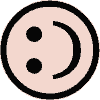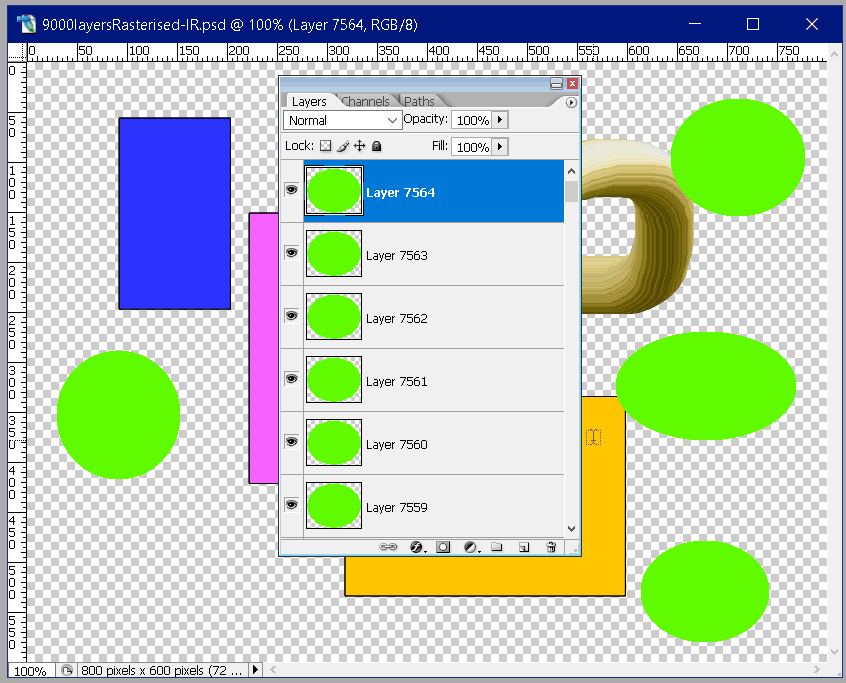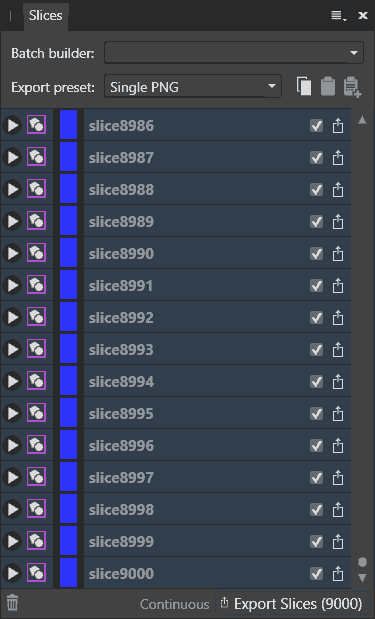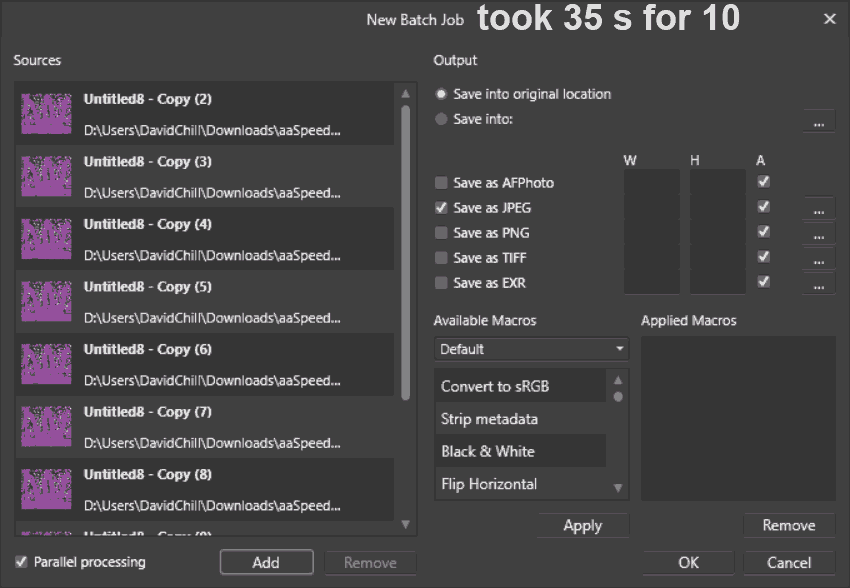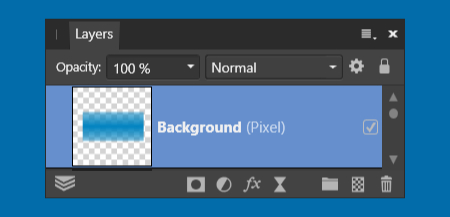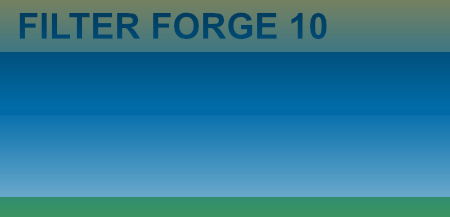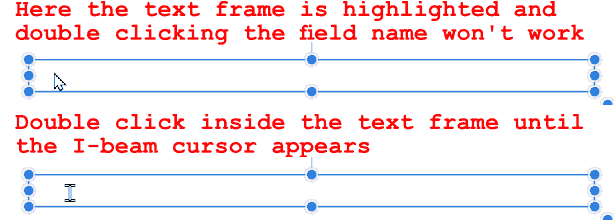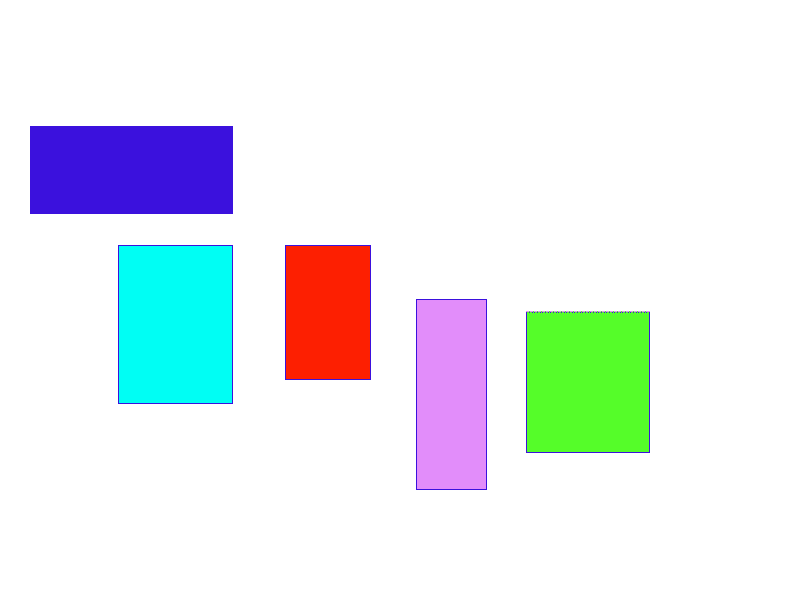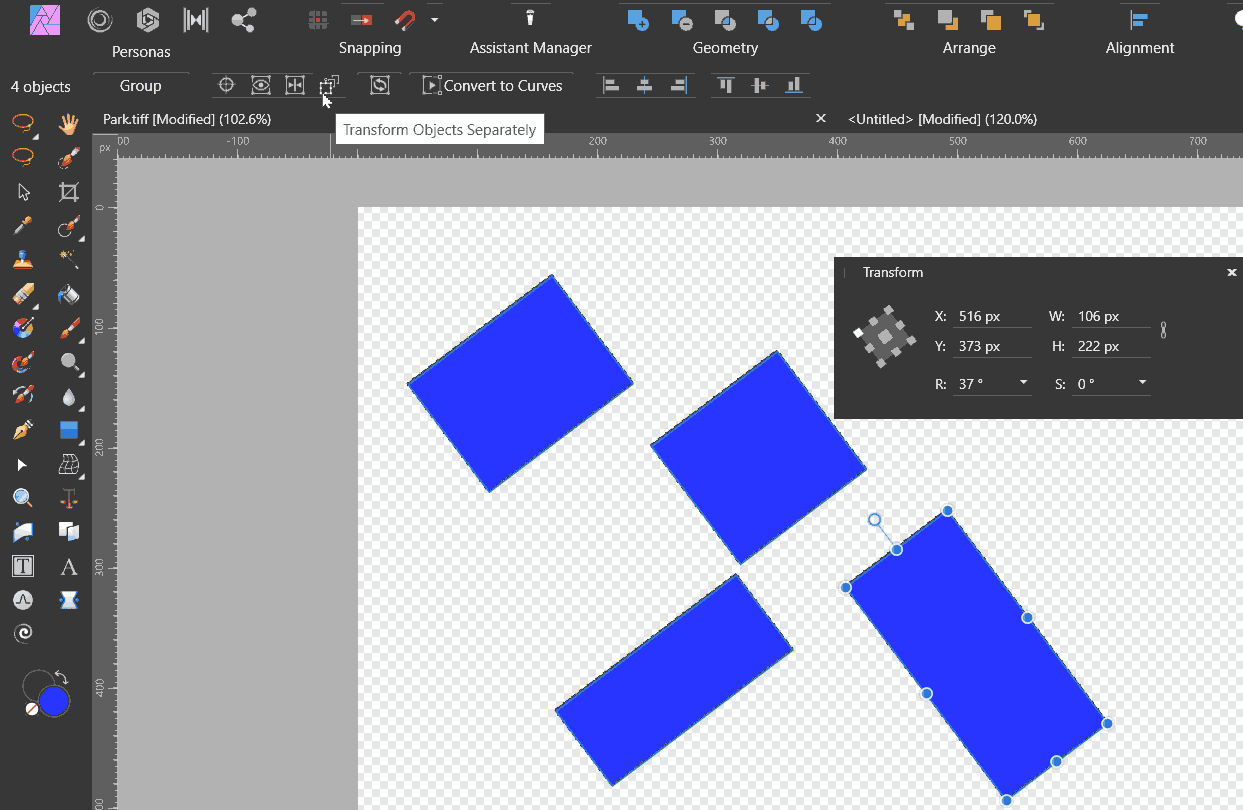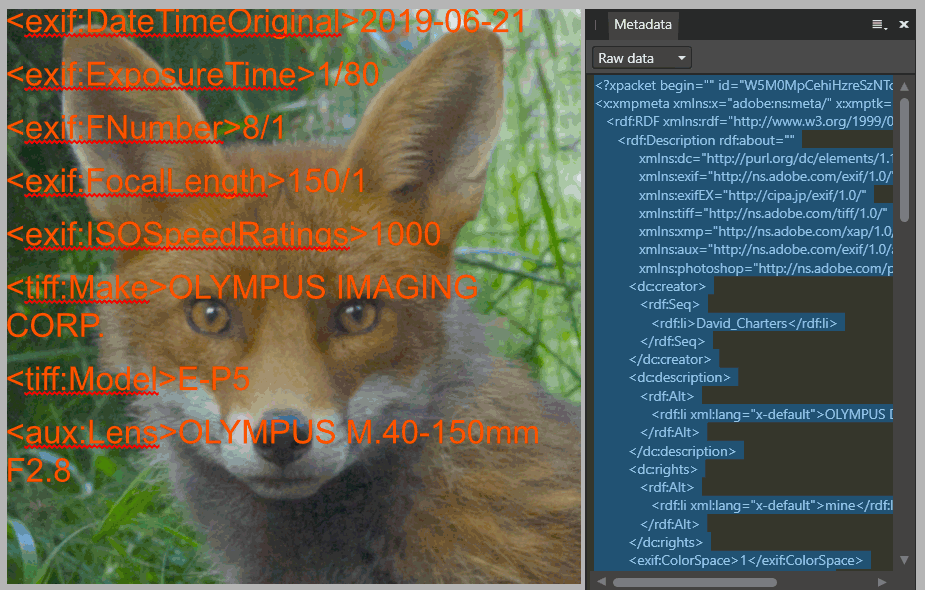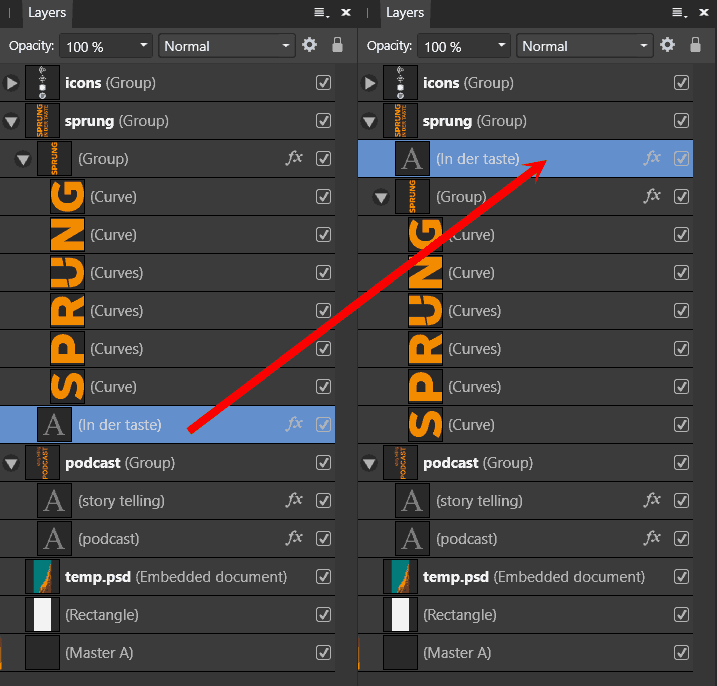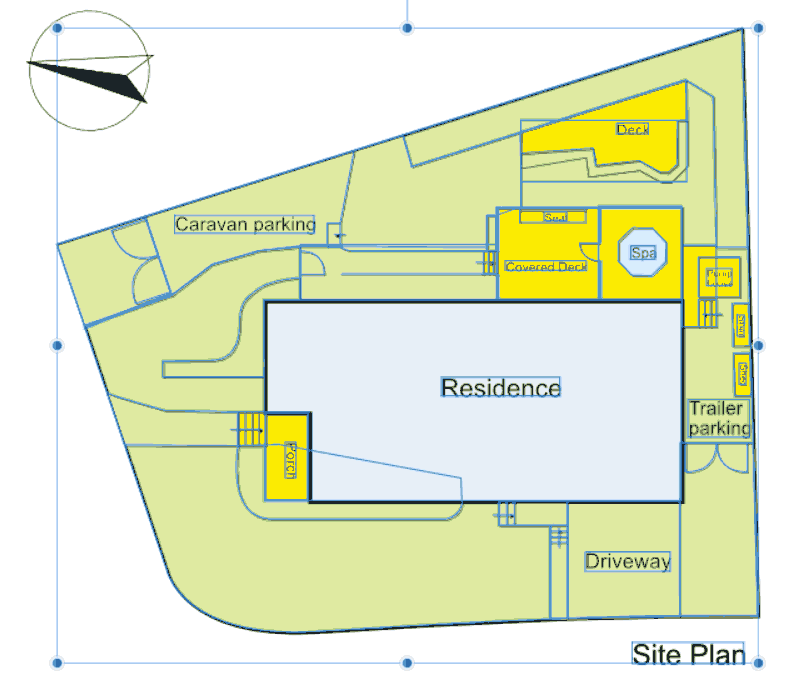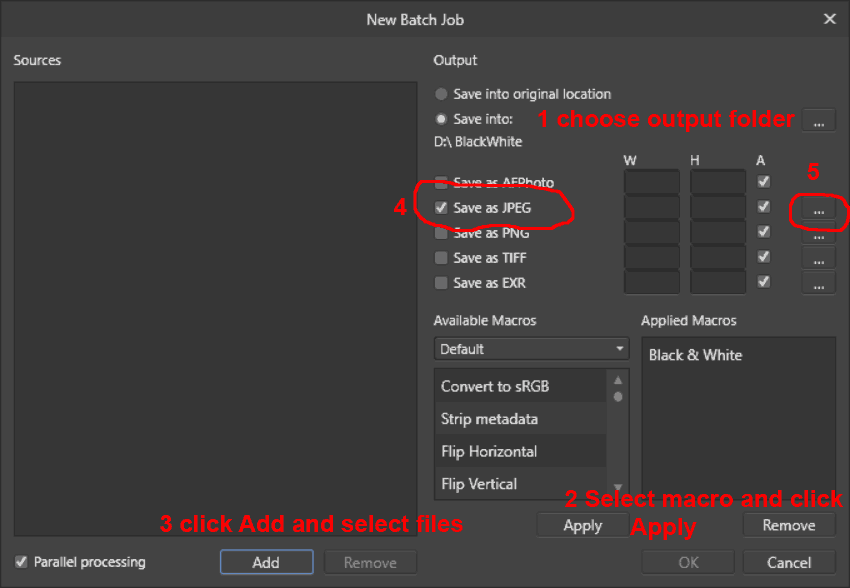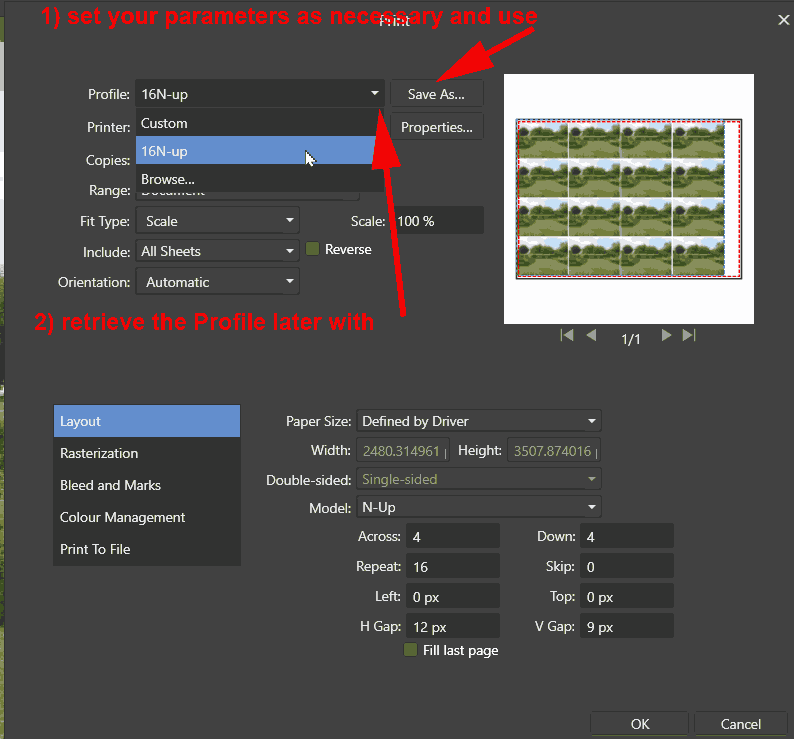-
Posts
1,642 -
Joined
-
Last visited
Everything posted by David in Яuislip
-
Maybe not but I never get close, anyone who designs like this would be well advised to make their own tests as there doesn't seem to be a definitive answer "You can create up to 8000 layers in an image, each with its own blending mode and opacity. However, memory constraints may lower this limit." from https://helpx.adobe.com/photoshop-elements/using/creating-layers.html#adding_layers but it's for elements. I cannot find an equivalent statement in the Photoshop area so I shall stick to 7564 The error message above https://forum.affinity.serif.com/uploads/monthly_2021_08/image.png.1835b9447bcf2e532ee633d3ac2feb24.png reflects how Designer has been coded but Photo doesn't show it.....yet Publisher shows the amount of objects selected and I think it would be trivial for all the programs to display a running total number of layers but who really needs it? Maybe it could be a feature request
-
I'd believe 8192 ie a power of 2 However, APhoto managed 9000 layers before I lost the will to live and it exported to a psd without errors I attempted to open it in Photoshop but it complained on every layer and there wasn't much chance of me pressing 'OK' 9000 times so I opened it it Image Ready which is less fussy then I saved that as a psd which Photoshop opened ok and reported 7564 layers I do have admiration for anyone that can cope with that amount of layers, I think you'd need a brain the size of a planet and probably an ever bigger screen As for me, my brain isn't that large but I do make an exceptional pot of Darjeeling Oh yeah, how to count layers in APhoto? Think sideways and use the Export Persona. It takes a while but it's easier than counting them
-
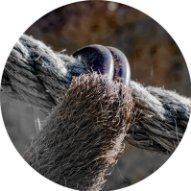
Persona Link icons
David in Яuislip replied to Grandadjim's topic in Pre-V2 Archive of Desktop Questions (macOS and Windows)
-

Affinity Photo Paths
David in Яuislip replied to greencode's topic in Pre-V2 Archive of Desktop Questions (macOS and Windows)
-
Having spent too many hearbeats trying to understand this, here are a couple of observations. If you stretch the blue layer to the same height as the image you see a homogenous blue #016CA9 Compare that with the layer thumbnail which shows some sort of gradient Now export it, very weird I think @VeganPete deserves a prize for creating this
-
Yes, Affinity Photo aided and abetted by Paracetemol To use the attached macro you need five objects, group them the file below, make sure that Transform Objects Separately is enabled then run it. It rotates 20° at a time so for 360° you'll need 18 groups so run the macro 17 times I then rasterised & trimmed each group and exported as a psd into Image Ready The only slight snag is that the macro only works on my original layout, you can recolour a shape and that's it, if you move it the macro is useless So, if you really must do this you'll need to create a macro for your exact layout knowing that it won't work for anything else. I had no luck in editing the amount of rotation either If I had to do this for a living I would take up Mechanical Engineering, good luck Rotate5ObjectsGrouped20deg.afmacro RotateMacroBusted-2.afphoto
-

Create Swatch
David in Яuislip replied to Bobaffinity's topic in Pre-V2 Archive of Desktop Questions (macOS and Windows)
A gradient? Tri Color APgradient.afpub -
Use the following formulas in the W & H boxes of a New Batch Job (NBJ) to resize your images max (2560, min (w, 2560)) max (2560, min (h, 2560)) Then another NBJ applying a macro which converts to sRGB and sharpens as required. If you apply the sharpening macro in the first NBJ then it will be applied before resizing and that's the wrong way round Or, if you must do it in one pass then use Filter/Distort/Equations with the following x= x*max(w/2560,h/2560) y= y*max(w/2560,h/2560) If you wish you can record the sharpening in the same macro or make a separate one and apply both in the NBJ Trouble with Filter/Distort/Equations is that you cannot select the resampling method but if the results are accepteble then fine The attached macro resizes images to a max long dimension of 2560 EquationsResize2560.afmacro
-
How are you selecting the objects? Image below shows the objects of the Site Plan selected with the Move tool, note that the North arrow is not included Export using Selection Only is perfect Export using Selection Area also includes the arrow clipped within the blue box For what it's worth, for images with limited colours and geometric lines I'd use png rather than jpg
-
How about four jobs? The Black & White is easy as there is a built in macro that does that, see image below. Rename files using your favourite method, in Windows I would open a cmd window and do for %i in (*.jpg) do (rename "%i" "PREFIX%~niSUFFIX%~xi") Now create a macro that applies your Teal and Orange effect and repeat above
-

Avery label template
David in Яuislip replied to jimmy55's topic in Pre-V2 Archive of Desktop Questions (macOS and Windows)
-
It can be done pretty quickly with Data Merge Put both attached files into the same folder, open the afpub Do Document/Data Merge Manager - it should have remembered the link to the csv Click Generate Save the generated document as afpub Import these pages into your main document with Document/Add Pages from File circles.csv RedCirclesOnly.afpub
-

RAW Workflow
David in Яuislip replied to stefanjan's topic in Pre-V2 Archive of Desktop Questions (macOS and Windows)
Usually 8bit but sometimes 16. I suggest you do your own tests for lens correction using both programs. I've done enough to convince me that Photolab is superior. As to noise reduction, Deep Prime is as good as it gets. I tend to use mainly spot adjustments, it's quick and easy in PL. If you need to use the Repair/Clone tools in PL then it can save a lot of time with the clone tool in an image editor. The only reason I can think of to develop raw files in APhoto is that PL doesn't handle the files eg Fuji X-Trans Or to put it another way, if I only had APhoto to develop raws I would go back to shooting jpegs out of the camera


